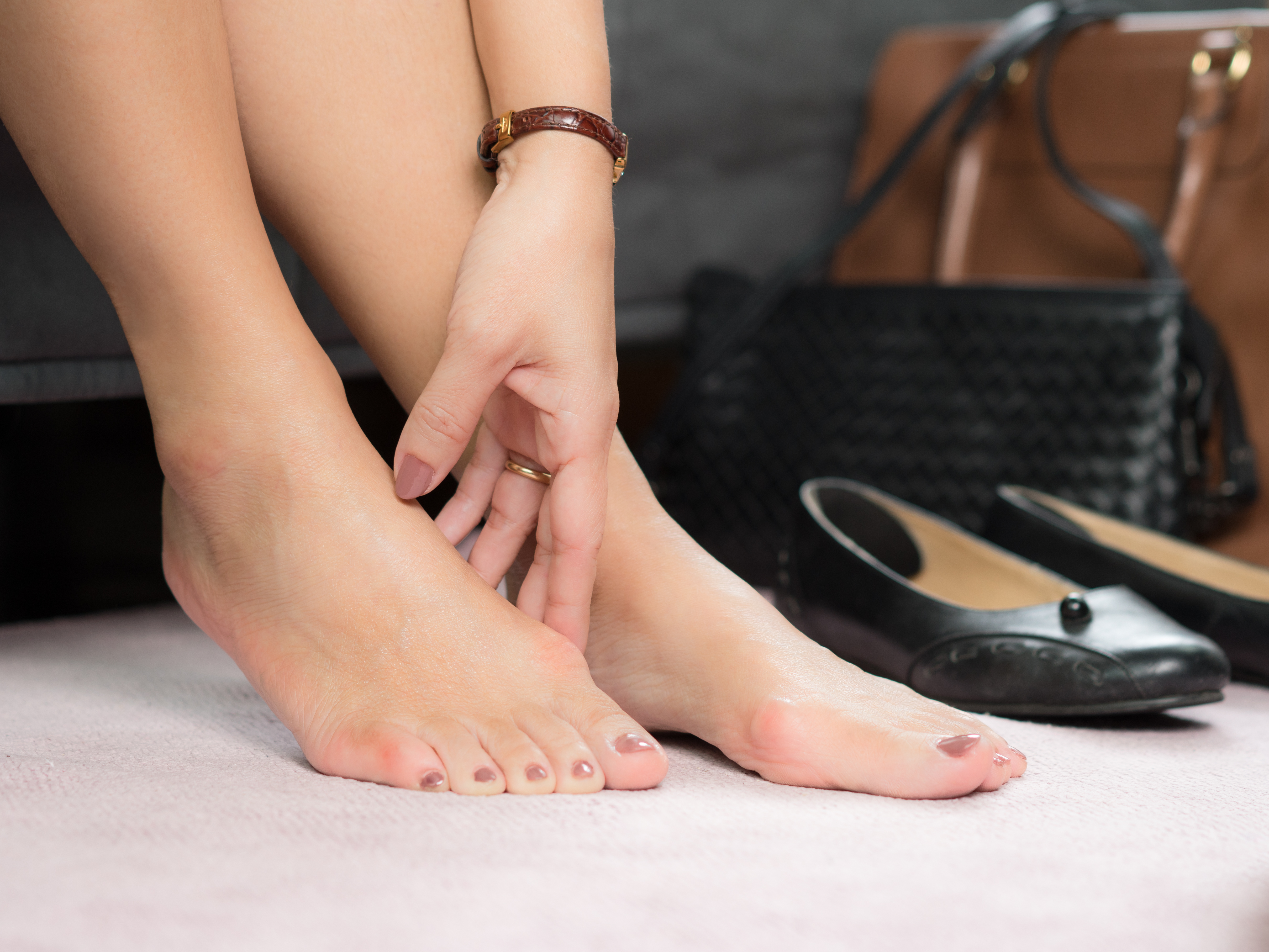
Hallux Rigidus is a condition that affects many people, often causing discomfort and impacting daily activities. As a form of degenerative arthritis, it is essential to understand the risk factors and early signs associated with this ailment. By being aware of the condition, individuals can seek appropriate intervention and maintain mobility and quality of life.
What is Hallux Rigidus?
Hallux Rigidus is a form of osteoarthritis of the big toe, causing joint stiffness, deformity, and pain. Over time, the cartilage that cushions the joint wears away, leading to bone-on-bone contact and resulting in inflammation and discomfort.
Is it a common problem?
It is a widespread issue, affecting millions of individuals worldwide. It is estimated that up to 2-10% of the population may experience its symptoms at some point.
Different Causes of Hallux Rigidus
The causes of hallux Rigidus are primarily linked to the wearing down of the protective cartilage in the metatarsophalangeal joint of the big toe. This deterioration results in increased friction and inflammation within the joint, eventually leading to stiffness, pain, and decreased mobility. Ill-fitting footwear can contribute to its onset.
Who is most likely to be affected by Hallux Rigidus?
- People with a family history of arthritis
- People with flat feet or an “Egyptian-type” foot shape
- The elderly
- Athletes
- Overweight individuals
Symptoms of Hallux Rigidus
Hallux Rigidus presents a variety of symptoms, which may worsen over time if left untreated. Some common signs of the condition include:
- Pain and stiffness in the big toe joint, particularly during movement or when bearing weight.
- Swelling and inflammation around the joint.
- A bony protrusion (osteophyte) on the top of the joint may cause difficulty wearing shoes or walking.
- A change in gait, such as walking on the outside of the foot to avoid putting pressure on the affected toe.
- Reduced range of motion in the big toe.
Diagnosis of Hallux Rigidus by Chiropodists
If you suspect that you may have osteoarthritis of the big toe, it’s essential to consult a chiropodist for a proper diagnosis. They will perform a physical examination, assessing the range of motion, joint deformity, and pain level. Additionally, they may use digital radiography or other imaging techniques such as MRI or CT scans to evaluate the extent of joint damage and rule out other potential causes of your symptoms.
Treatments Offered by Chiropodists for Hallux Rigidus
Treatment depends on the severity of the condition and the individual patient’s needs. Some of the most common treatment options include:
- Medication: Nonsteroidal anti-inflammatory drugs (NSAIDs) or pain relievers can help alleviate the pain and inflammation associated with this condition. In some cases, prescription medications may be necessary for more severe pain.
- Orthotics: Custom-made shoe inserts can help redistribute pressure away from the affected joint and improve foot function. Additionally, a brace for hallux Rigidus can provide further arch support, helping to alleviate discomfort and preventing more joint damage.
- Cortisone injections: In cases of severe inflammation, corticosteroid injections may be administered to reduce swelling and provide temporary pain relief. These injections should be used sparingly, as frequent use can lead to joint damage.
- Physical therapy: A chiropodist may recommend physical therapy to improve joint mobility and strengthen the muscles surrounding the big toe. A physical therapist can provide targeted exercises and stretches to help manage symptoms and prevent further joint deterioration.
- Surgery: In severe cases of hallux Rigidus, surgery may be necessary to remove bone spurs, repair joint damage, or fuse the joint. Surgical intervention is typically reserved for cases where conservative treatments have been unsuccessful in alleviating pain and improving function.
What is the healing time?
The healing time for hallux Rigidus varies depending on the treatment method used and the severity of the condition. Conservative treatments such as medication and foot orthoses may provide immediate relief, while surgical interventions may require a longer recovery period, ranging from several weeks to months.
Are there any contraindications to different treatments?
There may be contraindications to specific treatments depending on the patient’s medical history and the severity of the condition. It is crucial to consult with a healthcare professional to determine the most appropriate treatment plan for your specific situation.
Prevention Methods for Hallux Rigidus
Preventing this condition involves maintaining a healthy weight, wearing well-fitted shoes, avoiding high-impact sports, and seeking timely medical attention for foot injuries. Additionally, regular foot exercises and stretches help maintain joint flexibility and strength, potentially delaying the onset of hallux Rigidus symptoms.
Hallux rigidus exercises
Several exercises can help maintain joint flexibility, alleviate symptoms and improve overall foot health. Some of the most beneficial exercises for hallux rigidus include:
- Toe stretches: Pull the big toe upward and hold for 15-30 seconds. Repeat this stretch 3-5 times daily to improve joint flexibility and range of motion.
- Towel curls: Place a towel on the floor and use your toes to grasp and curl the towel toward you. This exercise helps strengthen the muscles surrounding the big toe joint.
- Range-of-motion exercises: Move the big toe through its full range of motion by flexing and extending the joint. This exercise can help maintain joint mobility and reduce stiffness.
- Marble pick-up: Strengthen the muscles in your feet by picking up marbles or small objects with your toes. This exercise can help improve foot strength and coordination.
- Toe separators: Toe separators or spacers can help stretch and realign the big toe joint. Wearing these devices for short periods each day may relieve hallux Rigidus symptoms.
Understanding how to manage Hallux Rigidus better
Hallux Rigidus is a common and potentially debilitating condition that affects the big toe joint. By understanding the causes, symptoms, and treatment options, you can take steps to manage the condition and maintain your quality of life. If you suspect that you may have hallux Rigidus, consult a FootNetwork clinic near you for a proper diagnosis and treatment plan tailored to your needs.

